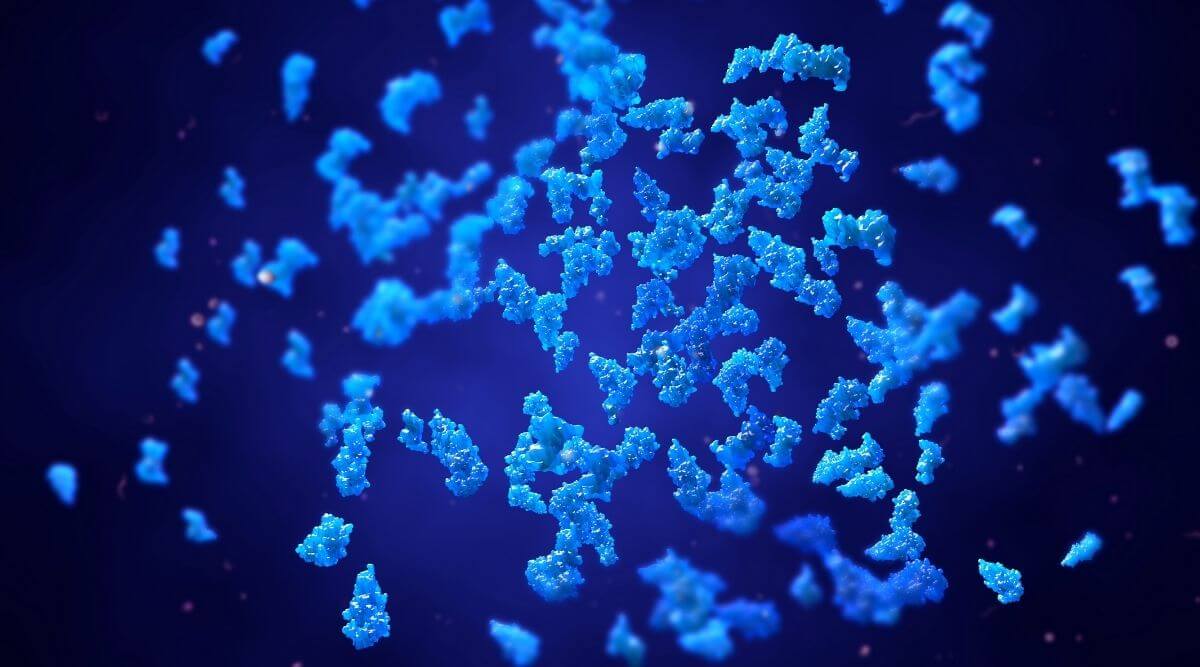Enzyme Targeting: Over the last few years, diseases caused by dysfunctional or missing enzymes have been treated with a type of therapy called enzyme replacement therapy or ERT. Unfortunately this therapy is unable to cross the blood brain barrier, and therefore unable to address the neuronal complications of disease. To combat this there has been great effort to discover novel therapies that target dysfunctional enzymes or the genes that cause them. Which brings up the question, are enzymes good therapeutic targets? Let us try and understand it below:
What are the enzymes?
Enzymes are proteins that work to catalyze a myriad of chemical reactions within the human body. These biological catalysts are capable of building larger molecules or breaking them apart. Regardless of their function, enzymes are the key players controlling every biological process within the cell. Enzymes contain an active site where it can interact with its specific substrate to carry out an intended reaction. This includes everything from breaking down the lactose in the dairy we eat to making energy for our muscles to use while we exercise. Our bodies need proper enzyme function to keep our cellular machines working happily.
Are enzymes involved in disease?
Like all proteins, enzymes are made of amino acid building blocks. The type of amino acid and their ordered sequence dictate the structure and function of the enzyme. Because enzymes are made up of amino acids, they are susceptible to genetic mutations that can alter this sequence. These mutations can cause the enzyme to fold and function incorrectly which can lead to disease. Since enzymes control the body’s metabolism, these disorders are classified as metabolic disorders and are usually inherited. When a person is affected by a metabolic disorder, they have inadequate amounts of an enzyme fulfilling its role in the metabolic assembly line. This missing link can cause many negative downstream effects including the build-up of toxic molecules within our cells leading to many lysosomal storage disorders, depending on the enzyme.
Can increasing enzyme activity improve disease?
The short answer is yes. Amicus Therapeutics developed the drug Galafold, a small molecule treatment for Fabry disease. Galafold stabilizes the dysfunctional alpha-galactosidase A enzyme so it can increase its working efficiency, alleviating disease-associated molecule buildup in patients. The approval and use of this drug provide evidence that using enzyme therapy works. Galafold works by enhancing enzyme activity, but it is important to note that the fold-change associated with an increase in enzyme efficiency should not be the only scoreable criteria in therapeutic development. Remember – an enzyme is just one piece of a metabolic assembly line. What happens at one station may have many branching downstream effects, and it may only require a small upstream change to create large shifts downstream.
Conversely, enhancing enzyme function may not cause any subsequent improvements. For example, Denali and Sanofi were testing a small molecule inhibitor, DNL747, for Alzheimer’s disease and Amyotrophic lateral sclerosis treatment before choosing to pause the clinical study. The decision to pause the study came after data showed there was around 80% target inhibition but an inequivalent downstream improvement.
Together, the above data highlight that the relationship between fold-change an enzyme activity and subsequent impacts may not be linear, or this relationship is likely unique for each individual enzyme and its substrate. There is no given standard for minimum fold-change in enzyme activity required to produce a detectable downstream response. Some drugs may be highly efficacious while presenting a small fold-changes in enzyme activity as metabolic reactions are typically complex. Gain Therapeutics is centered on discovering small molecules that will enhance enzyme function, but most importantly, reverse the negative downstream effects that often occur in protein misfolding disorders.
How is Gain Therapeutics focused on enzyme targeting?
Gain is using its Site-Directed Enzyme Enhancement Therapy (SEE-TxTM) platform to stabilize misfolded enzymes to treat a range of diseases associated with protein misfolding. SEE-Tx™ is a computational platform that harnesses the available 3D protein structures of enzymes to not only discover novel binding sites, but also predict their druggability, or the likelihood that this site could be targeted by a drug.
The scientists at Gain Therapeutics are focused on identifying small molecule candidates, or Structurally Targeted Allosteric Regulators (STARs), through their SEE-Tx platform. The identified STARs are compounds that fit the target sites, specifically allosteric binding sites, on a given enzyme or protein.
Current projects at Gain are focused on enzymes found in rare genetic diseases like beta-glucocerebrosidase (GBA1) in Gaucher disease or beta-galactosidase (GLB1) in Morquio B syndrome or GM1 Gangliosidosis. Currently, there are no effective disease-modifying treatments for GBA1 or GLB1-related disorders, and Gain has already discovered and is testing STARs that do cause increases in enzyme activity as well as downstream improvements observed experimentally.
This initial data highlights that Gain’s SEE-TxTM platform is effective, and the identified STARs have demonstrated engagement with target proteins. These results are promising for a bright future regarding enzyme targeting and allosteric regulation as an avenue for discovering new and effective therapeutic treatments.

